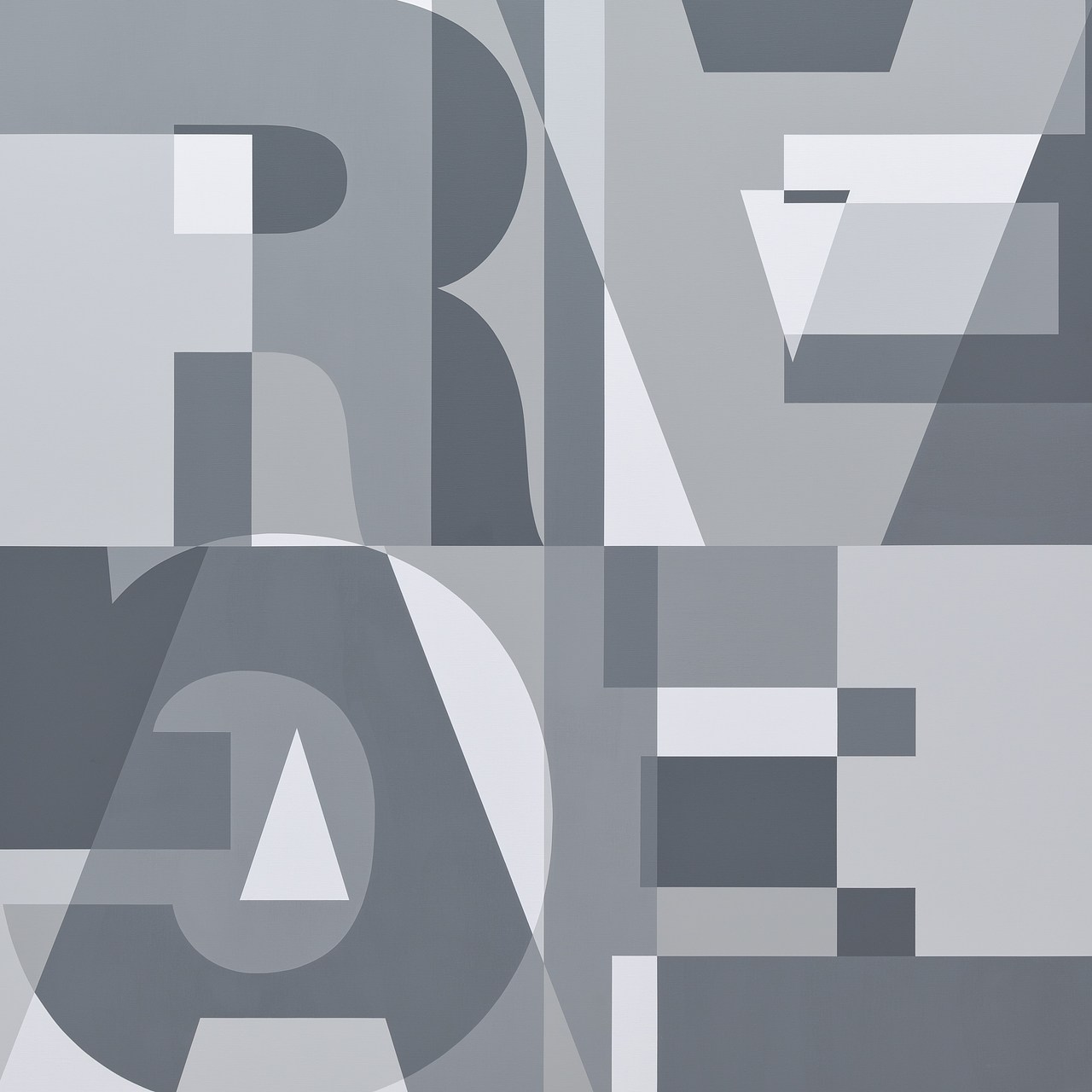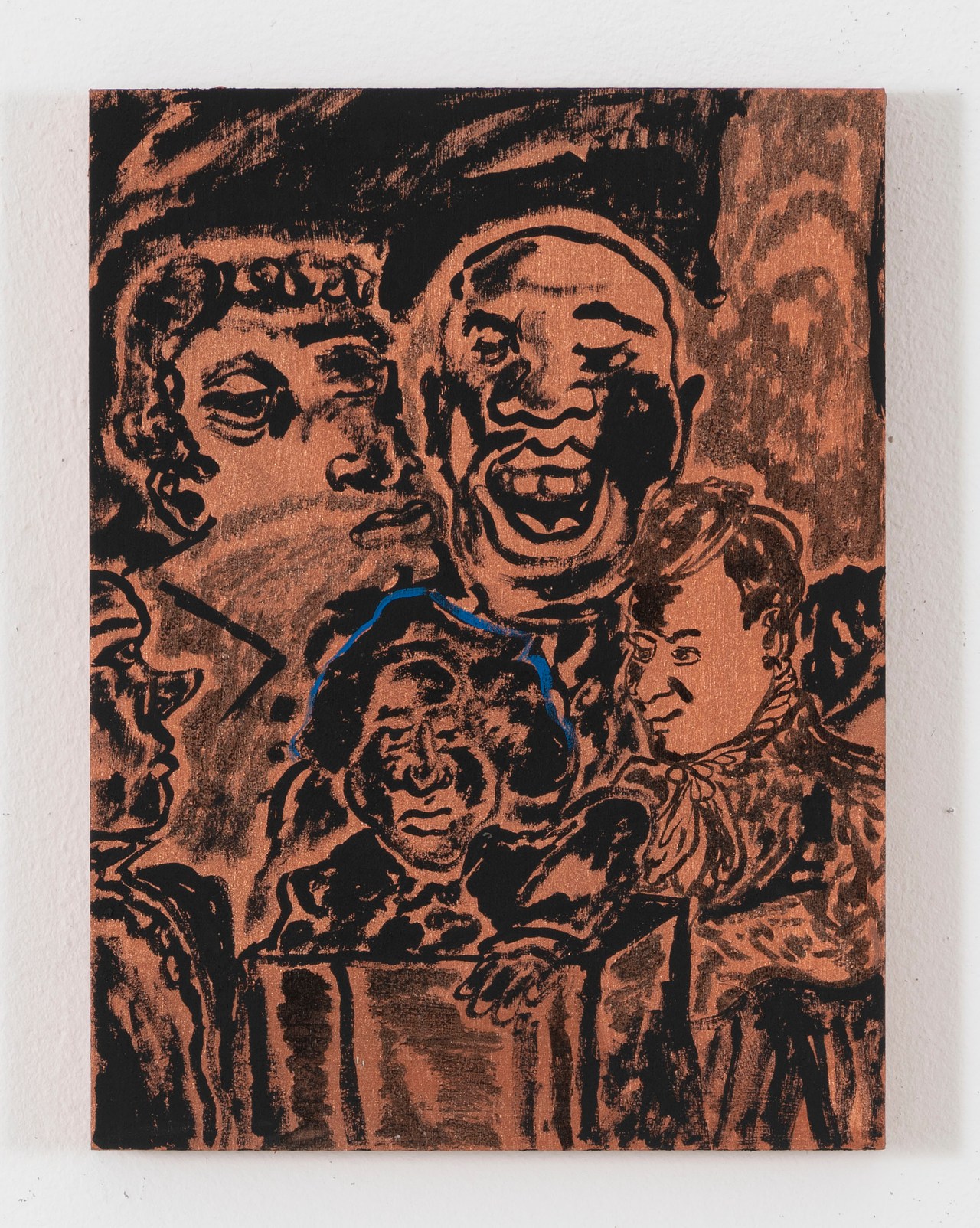
Few of the artists in documenta 15 have savior complexes. Formally speaking, a lot of their work resembles social practice and relational aesthetics, two styles associated with the aughts in which art exists not as objects but as interpersonal exchanges. These absent complexesare key distinctions from predecessors, and they are primarily avoided because the projects on view are mostly made by members of the communities they are also for, lending them a horizontal, rather than charitable bent. But there’s another reason—it’s the palpable sense that the world will end soon anyway, so attempting to save it would be downright silly. Instead of a nihilistic dead end, though, the artists and collectives present are practicing care and nurturing the smaller worlds—or rather, communities—that surround them, and appreciating the good that’s left. The work is not moralizing or didactic; instead, it’s born from resourcefulness and community. (There are a few exceptions in the form of proposed blockchain solutions, though those were surprisingly—and mercifully—few and far between given the show’s concern with horizontal resource sharing.)
The end felt nigh in a timeline that ruangrupa put together in the basement of ruruHaus, one of this edition’s main venues, to explain their curatorial process. Their story is punctuated by a slew of catastrophes that disrupted their work—a global pandemic, a war in Ukraine, a bombing in Gaza, and shootings in Hanau, plus visa issues, visa issues, and more visa issues. I felt it too when I saw a hand-painted sign repeated a few times on Kassel’s east side. It reads CONTEMPORARY ART HAS BECOME OUTDATED. THE FLORAISSANCE HAS BEGUN! I don’t know if it was officially part of the quinquennial, or if it will still be there later on, but the sign was a pithy summary of what I wrote yesterday about artists building gardens and leaving society.
The show is invested in resource sharing among humans, but it also abounds with interspecies exchanges. Any urge to preserve human civilization, or to revere art as our species’ highest creative form, feels unsatisfying. Just let the plants take over.
This sort of eco-economy is visible in a series of installations by Jatiwangi art Factory, on view at Hübner areal, which centers around the clay industry in the West Javan province of Jatiwangi, home to Southeast Asia’s roof tile industry. The collective has been cultivating a new clay culture in the city, teaching skills and methods that are meant to be regenerative rather than extractive. They are encouraging workers to extract clay from soil with creativity, dignity, and respect. A ceramic workshop and a video documenting some of the collective’s past efforts were on view. But as in the rest of the quinquennial, workshops were not activated during the professional days. Some colleagues mentioned frantically changing travel plans in the hopes of seeing some of the works as they were really meant to be seen, but it seemed clear that critics and curators were not the target audience.









